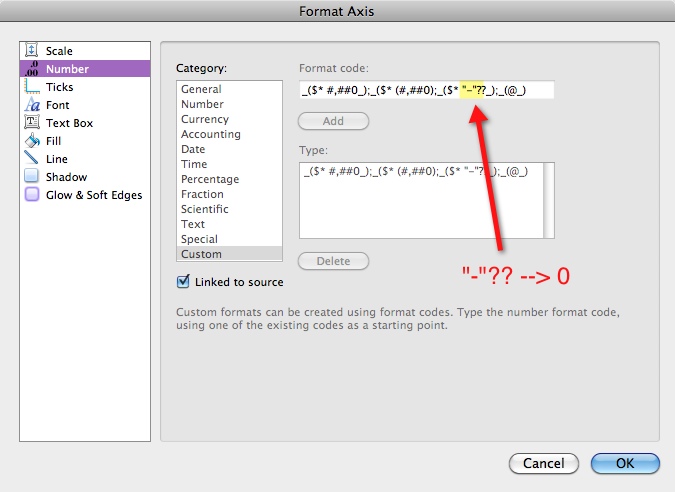
In cell D9 create a formula that calculates the total after a 10% discount.In other words, this formula should add cells D3:D7. In cell D8, create a formula that finds the total for the order.In cell D7, create a formula that calculates the tax for the invoice.Click the Challenge worksheet tab in the bottom-left of the workbook.In the invoice, you will find the amount of tax for the order, the order's total, and the order's total if you were given a 10% discount. Challenge!įor this challenge, you are going to work with another invoice like the one in our example.
#Excel for mac use parentheses for negative numbers how to
To learn how to do this, you can read the Double-Check Your Formulas lesson from our Excel Formulas tutorial.

This formula will add the prices of our items, then multiply that value by the 7.5% tax rate (which is written as 0.075) to calculate the answer.Įxcel will not always tell you if your formula contains an error, so it's up to you to check all of your formulas. To do this, we'll write our formula as =(D3+D4+D5)*0.075 in cell D6. Here, we want to calculate the cost of sales tax for a catering invoice. In the example below, we'll demonstrate how Excel uses the order of operations to solve a more complex formula. And this is the exact same result you would get if you entered the formula into Excel. Addition comes first: 10+3=13.įinally, we have one remaining subtraction operation: 13-1=12. Next, we'll calculate any addition or subtraction, again working from left to right. Now, we'll solve our remaining multiplication operation: 0.75*4=3. Because the division operation comes before the multiplication, it's calculated first: 3/4=0.75.

Next, we'll solve any multiplication and division, working from left to right. Next, we'll look to see if there are any exponents. In this case, there's only one thing we need to calculate: 6-3=3.Īs you can see, the formula already looks simpler. While this formula may look complicated, we can use the order of operations step by step to find the right answer.įirst, we'll start by calculating anything inside parentheses. Addition and subtraction, whichever comes firstĪ mnemonic that can help you remember the order is PEMDAS, or Please Excuse My Dear Aunt Sally.Ĭlick the arrows in the slideshow below to learn how the order of operations is used to calculate formulas in Excel.Multiplication and division, whichever comes first.Exponential calculations (3^2, for example).Excel calculates formulas based on the following order of operations:


 0 kommentar(er)
0 kommentar(er)
